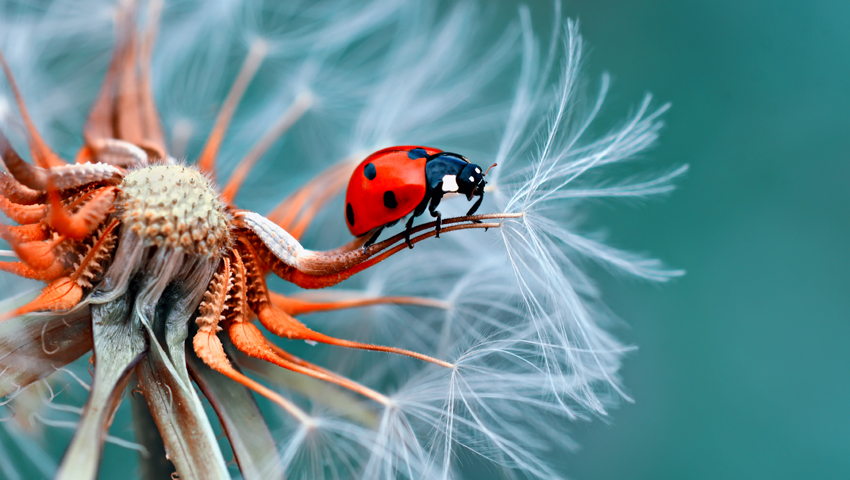Extracts from an article by Barnaby Coupe for The Wildlife Trusts
Last week, The Wildlife Trusts announced the launch of a new £6 million programme, ‘Transforming Nature’s Recovery’. This fund will invest in projects across the UK, including Atlantic rainforests and a coast-to-coast nature corridor following Hadrian’s Wall, and help the UK achieve its existing target of protecting at least 30% of land and sea by 2030.
But, is this compatible with ensuring our food security?
Some commentators fear that placing land in recovery for nature will reduce food production in the UK, and offshore our environmental footprint to other countries. Such concerns can fuel division across the farming and land management spectrum, but it is wrong to suggest that there is a binary trade-off between food and nature.
Sustainable food production in the UK needs nature – it needs healthy soils, clean and plentiful water, and thriving insect populations because they are the foundation of farming.
The UK Government’s own Food Security Report in 2021 found that the main threats to UK food security are climate change and ecological breakdown. These are no longer abstract threats confined to a post-apocalyptic future, but are already having a significant impact on food production in the UK. The increasing effects of climate change will pose ever greater risks to agriculture.
A healthy, thriving natural world is essential to support a resilient food system. For example wildlife-rich wetlands which hold water back to prevent flooding in times of heavy rainfall as well as keeping water in the landscape during periods of drought, or bees and other pollinators which provide crop pollination benefits of £1.8 billion each year.
Without urgent action to address the dual climate and biodiversity crises – by making more space for nature and reintroducing missing keystone species which actively restore habitats – these risks will only increase. Pitting food production against nature is a dangerous distraction and will slow progress towards nature recovery alongside sustainable farming systems.
Instead, more focus must be placed on how we can best use our limited land resources in the UK.
The UK Food Security Report states that “Food security rests ultimately not on maximising domestic production (which is market driven), but on making best use of land types”.
Currently, around 40% of arable land is used to grow crops to feed animals, which could instead be fed to people. This conversion of arable crops to animal products is grossly inefficient and serves to reduce rather than shore up food security in the UK.
This land could instead be used to produce crops and vegetables for human consumption, while also freeing up land that could be used to restore nature. This presents a huge opportunity to both reduce the environmental impact of intensive livestock production whilst increasing self-sufficiency.
To take another example, is it justifiable that we currently use 121,000 hectares of agricultural land in the UK, an area half the size of the Lake District, to grow crops for bioenergy? This land accounts for 2.1% of the total arable land in the UK and is used to grow crops such as wheat, maize, and sugar beet which, rather than feeding people, are burned for large-scale electricity production, fed into anaerobic digesters, or used as biofuels for cars.
Together, these crops make up nearly 2 million hectares of land in the UK that could otherwise grow food to feed people.
These figures are thrown into sharp relief when compared to land proposed for the UK Government’s new Landscape Recovery scheme in England, which garnered significant backlash for its perceived threat to food security. This new scheme currently proposes just 45 thousand hectares for nature’s recovery – less than 1% of agricultural land in England – and will focus on areas of low productivity value.
